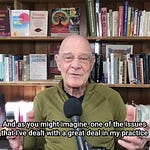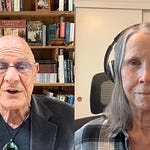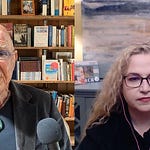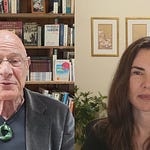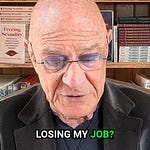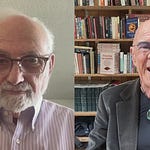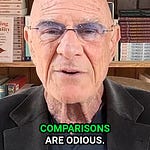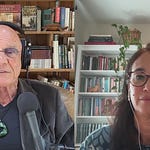Links:
Show Notes:
How did Evacheska go from being an executive in the fashion world to an integrative counselor in the psychedelic world? (1:22)
What was it like on the trip to Peru? (4:29)
It’s difficult for the average person to figure out which places offering psychedelic experiences in Peru, Jamaica, or Costa Rica are real and which ones are trying to make a quick buck. What did you do to ensure that the place you were visiting was righteous? (5:40)
Why did Evacheska decide on Ayahuasca as opposed to taking LSD experiences or a series of psilocybin experiences? (10:38)
Are the ceremonies and the setting around the psychedelic medicine as important or more important than the medicine itself? (13:08)
What’s the difference (approach, cultural, medicinal) between opioid prescriptions in American culture and psychedelic ceremonies? (13:50)
Why do I need to go to the Peruvian jungle to have a ceremony? Why can’t I have the same experience in my own neighborhood? (15:40)
How does Evacheska use sound to open neural pathways and have a psychedelic journey, even without psychedelics? (17:46)
How does a strong dose of psilocybin compare to an Ayahuasca experience? (21:14)
What are the downsides of taking Ayahuasca? (24:15)
Considering that Roland Griffith’s research showed that a one-time dose of psilocybin still had an effect on depression patients after a year, what’s the advantage of taking Ayahuasca three times a week for an entire month? (25:57)
Could you imagine a future where people trained in LSD therapy or psilocybin therapy might prescribe taking those three times a week or a month? (27:37)
What happens in an integration session? (29:03)





